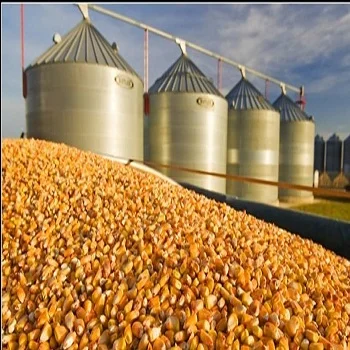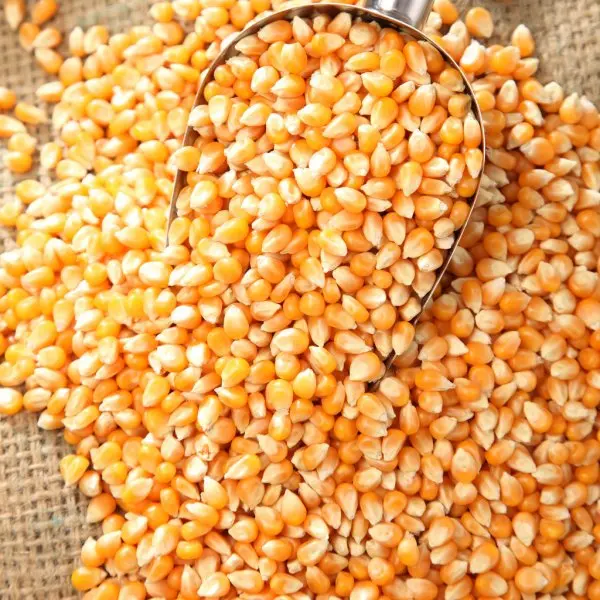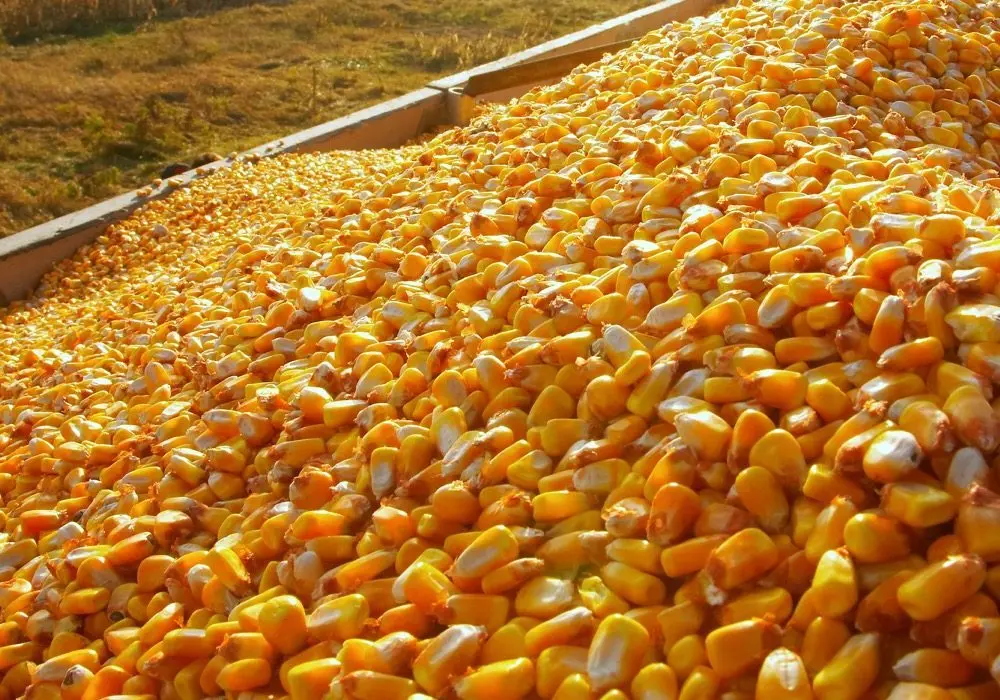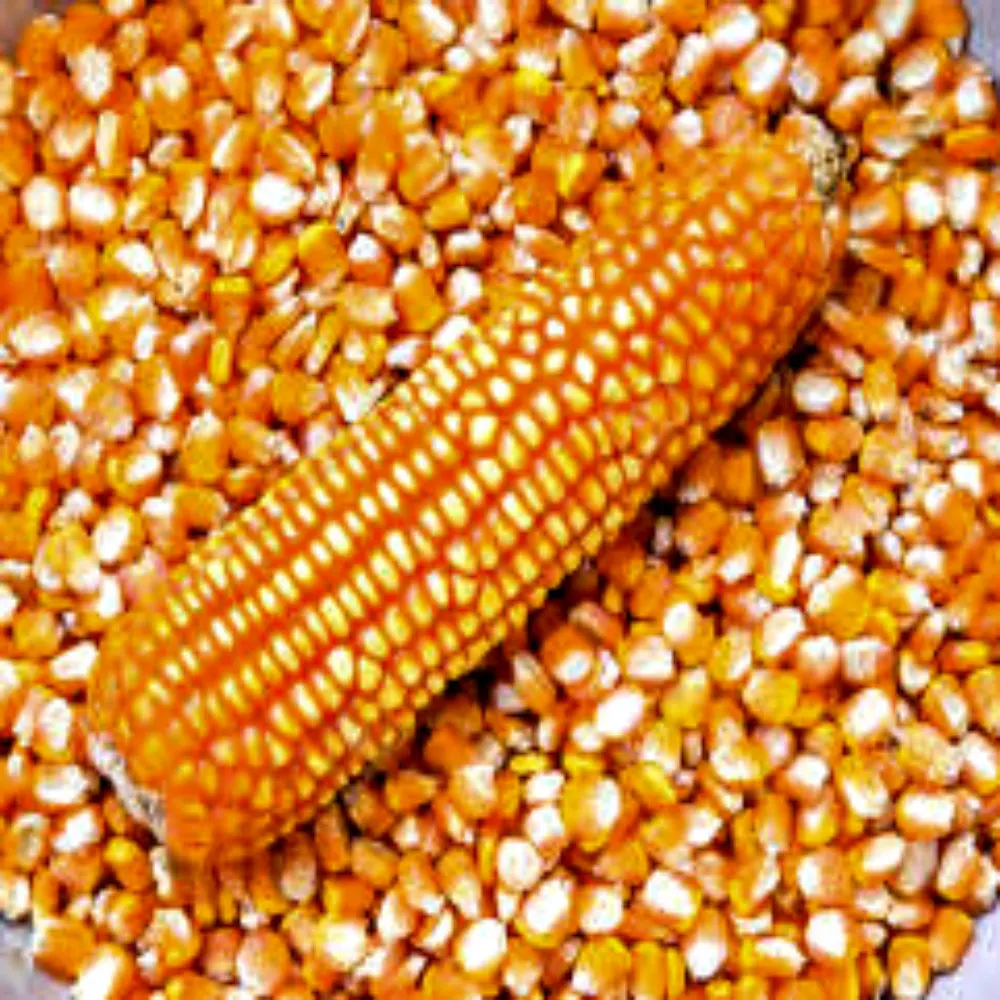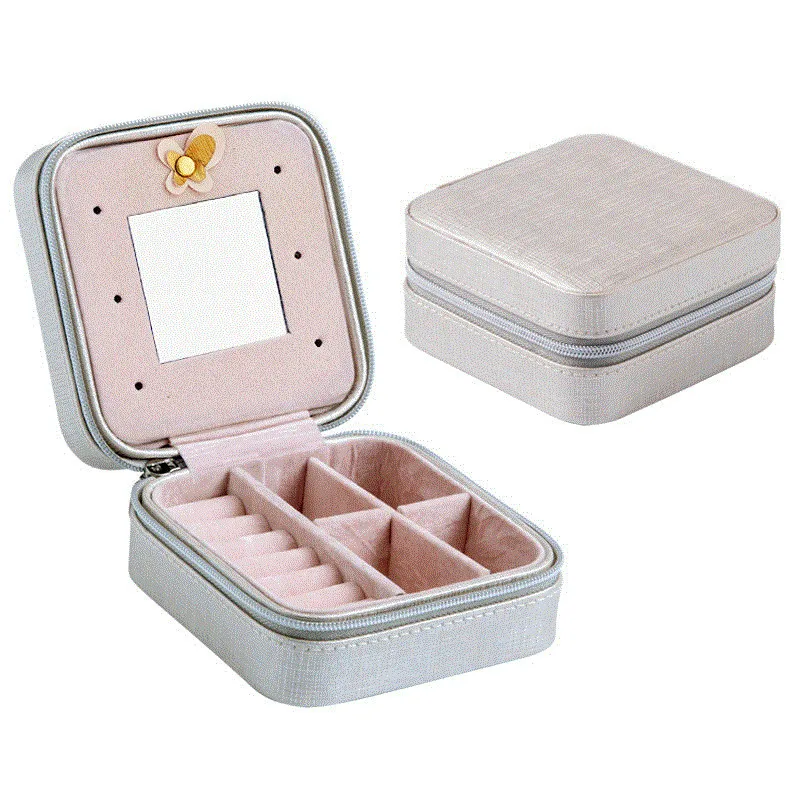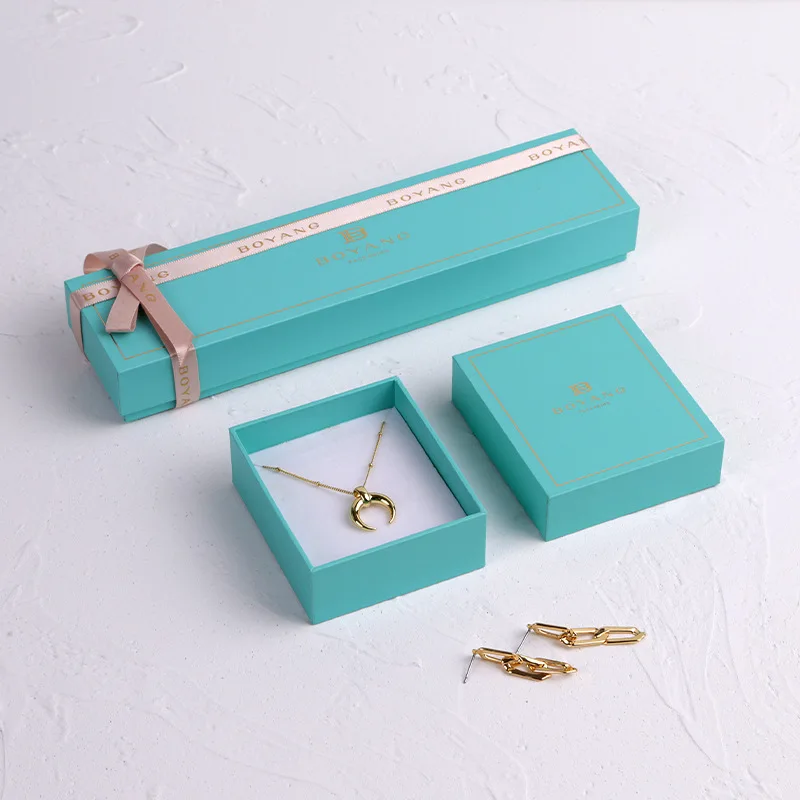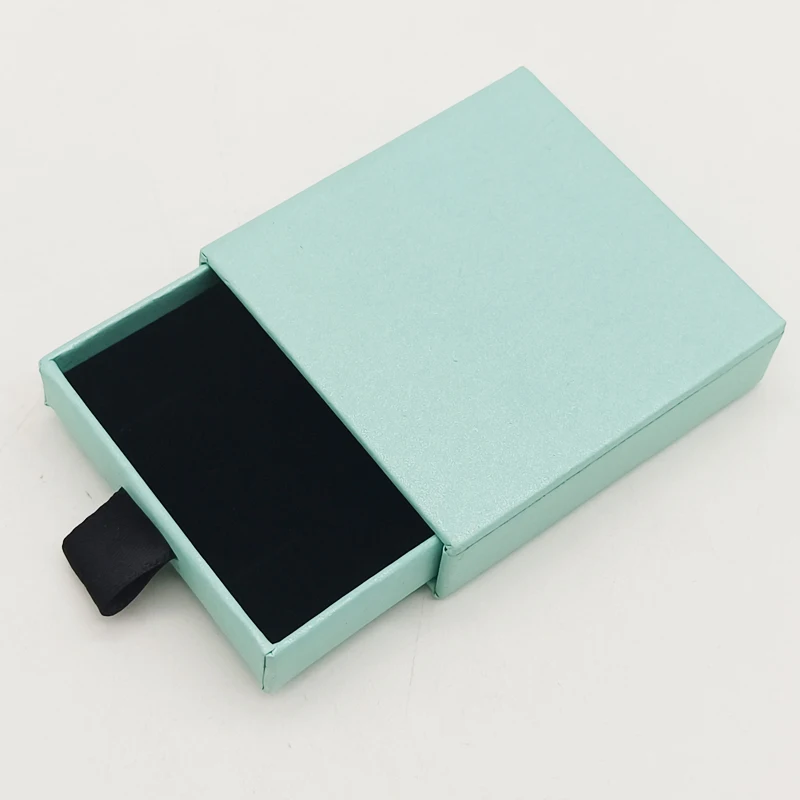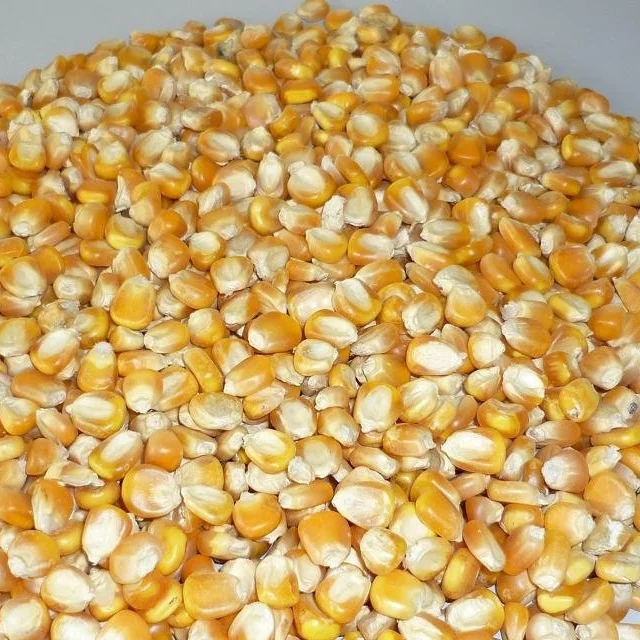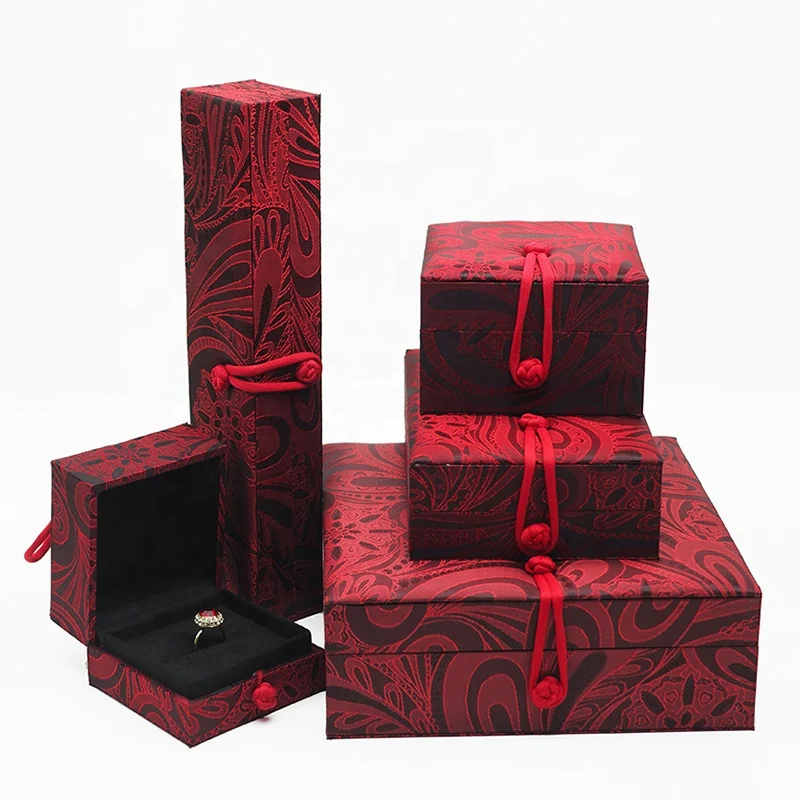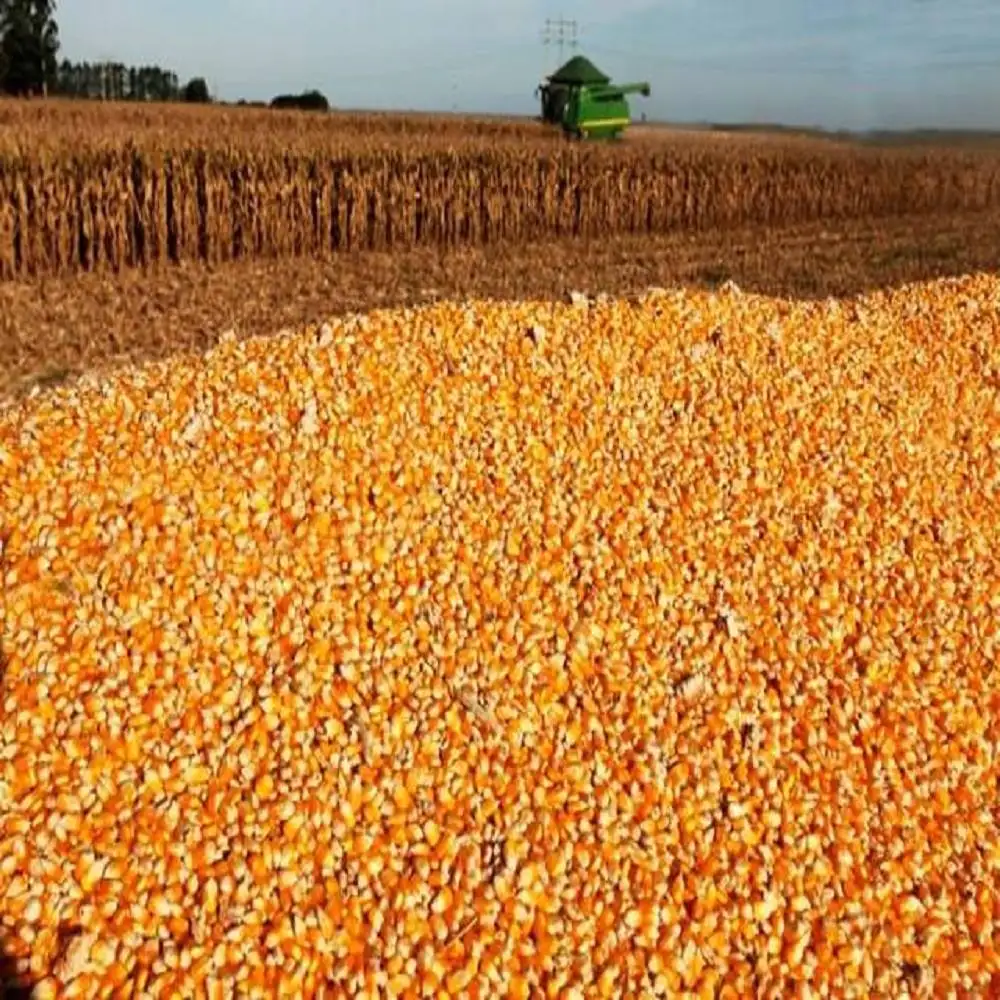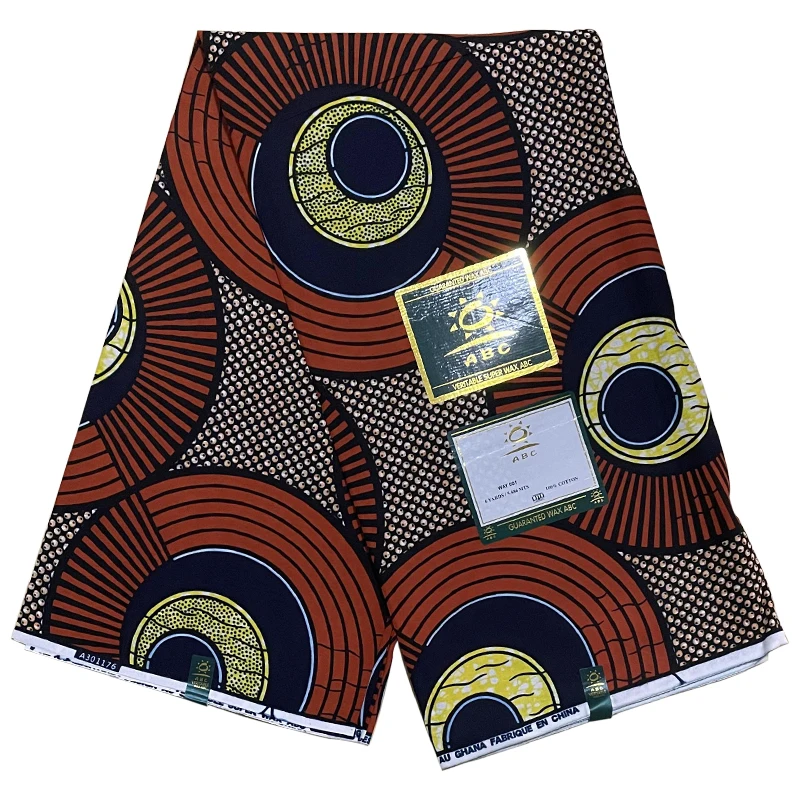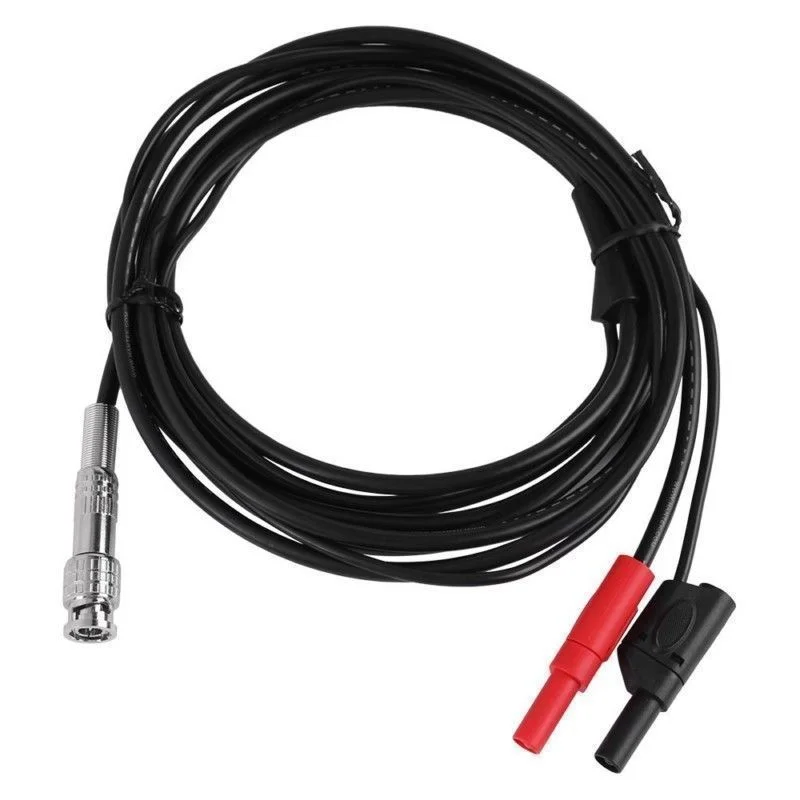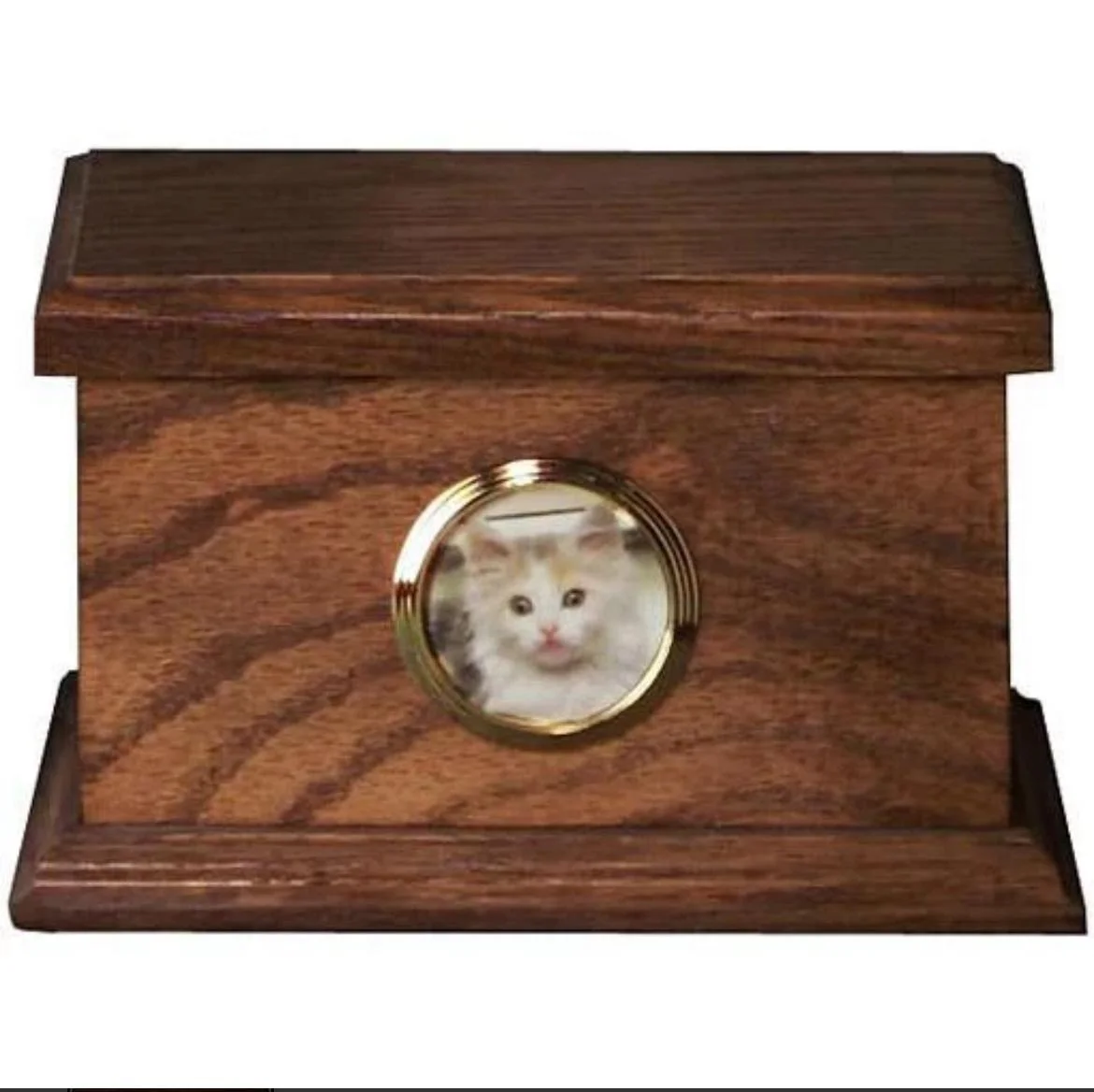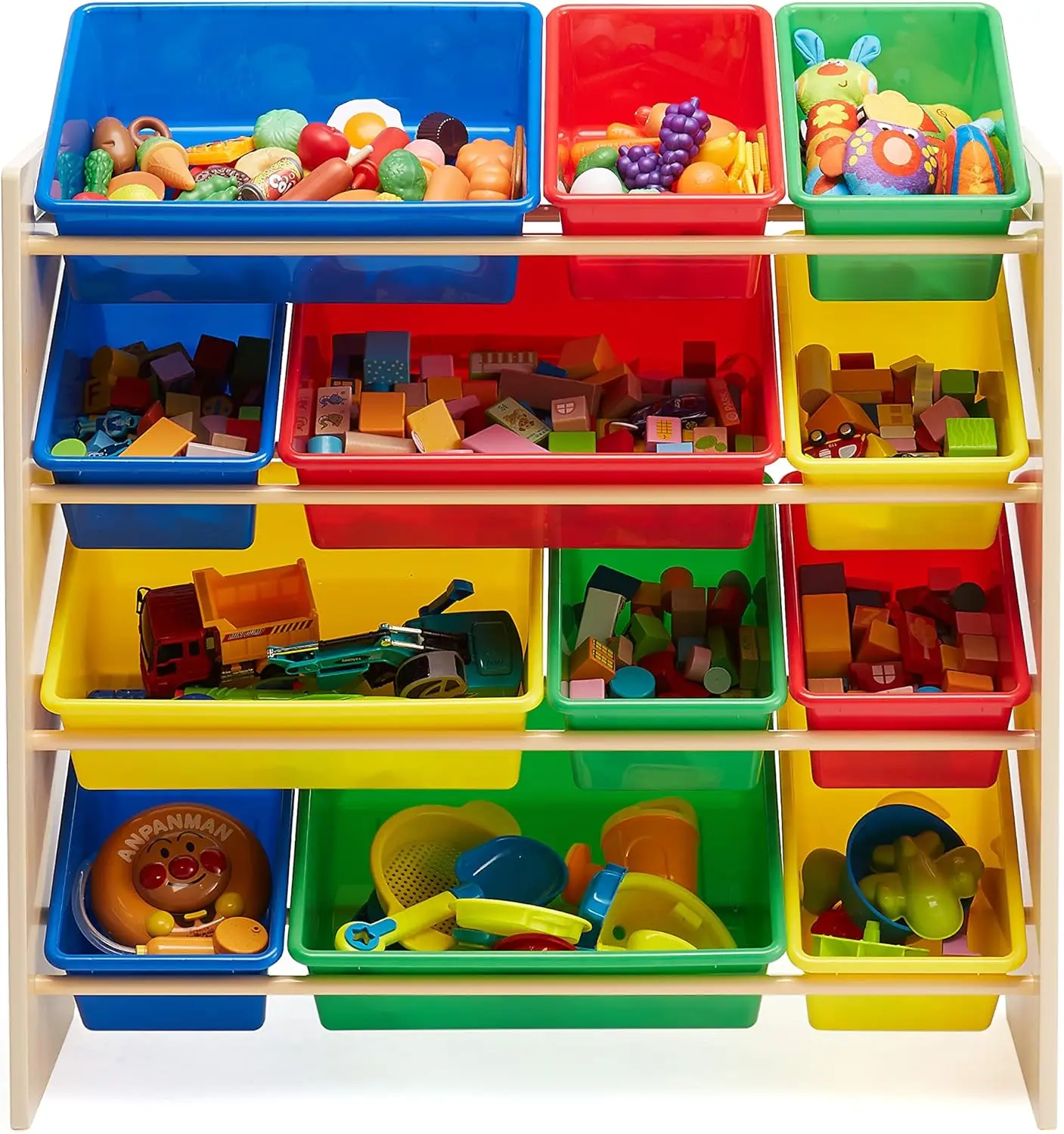Сушеная Желтая Кукуруза/кукуруза без ГМО подходит для человеческого потребления и корма животных происхождение
- Категория: >>>
- Поставщик: BRG CL LTD
Сохранить в закладки 11000000765321:
Описание и отзывы
Характеристики
Corn is considered both a vegetable and a cereal grain.
Sweet corn that you eat off the cob is usually considered a vegetable in the culinary world, whereas the dry seeds that are used for popcorn are classified as whole grains.
Corn originated in Mexico over 9,000 years ago and is known by its original name “maize” in many parts of the world. Native Americans grew and harvested this crop as the main source of food (1, 2).
Today, it’s one of the most widely consumed cereal grains worldwide (3). Corn is usually white or yellow but also comes in red, purple and blue. It’s eaten like sweet corn, popcorn, tortillas, polenta, chips, cornmeal, grits, oil and syrup and added to countless other foods and dishes.
What’s more, it’s widely used for fuel and animal feed. In fact, 40% of the corn grown in the US is used for fuel and 60–70% of corn worldwide is produced to feed animals (2, 4).
Corn is high in carbs and packed with fiber, vitamins and minerals. It’s also relatively low in protein and fat.
One cup (164 grams) of sweet yellow corn contains (5):
- Calories: 177 calories
- Carbs: 41 grams
- Protein: 5.4 grams
- Fat: 2.1 grams
- Fiber: 4.6 grams
- Vitamin C: 17% of the daily value (DV)
- Thiamine (vitamin B1): 24% of the DV
- Folate (vitamin B9): 19% of the DV
- Magnesium: 11% of the DV
- Potassium: 10% of the DV
Corn contains antioxidants and plant compounds that may provide a number of health benefits.
Lutein and Zeaxanthin Content May Benefit Eye Health
Corn is particularly high in lutein and zeaxanthin, two carotenoids that may prevent cataracts and age-related macular degeneration (AMD).
This is likely because lutein and zeaxanthin make up a large part of the macular region of your eyes (9, 10, 11).
One study in 365 adults found that those who had the highest intake of carotenoids — especially lutein and zeaxanthin — had a 43% lower chance of developing AMD compared to those with the lowest intake (11).
Therefore, regularly eating corn may promote eye health — especially for those who are at risk of AMD.
May Prevent Diverticular Disease and Other Digestive Issues
The fiber in corn may also provide health benefits.
Yellow Maize Corn | |
| Moisture | 14% Max |
| Broken Kernels | 1% Max |
| Kernel Size | 4-6 MM |
| Damaged | 0.5% Max |
| Neville Damaged Grains | 1% Max |
| Foreign Matter | 1% Max |
| Other Colored Grains | 1% Max |
| Aflatoxin | 20.00 Ppb Max |
| Supply Ability | 300 Metric Ton |
| MOQ | 1 Metric Ton |
| Origin | Guntur, Andhra Pradesh, India |
| Port | Chennai |
| Payment Option | L/C, D/P, T/T |
| Packaging | As Per Customer Requirement |
| Certification | ISO |
Dietary fiber intake has been linked to a lower risk of several diseases, including heart disease and some cancers. Even more, eating enough fiber promotes healthy digestion and may protect you against gut issues (12, 13, 14).
Corn, in particular, may protect against specific digestive issues, including diverticular disease, which is characterized by inflammation of the digestive tract (15).
One 18-year study in over 47,000 adult men associated eating popcorn at least twice a week with a significantly lower risk of diverticular disease (15).
Based on these limited results, eating corn and popcorn may promote gut health and prevent digestive diseases.
Похожие товары
Мужская мотоциклетная Байкерская винтажная состаренная коричневая куртка для Кафе Racer из натуральной кожи
Зеленая упаковочная коробка, индивидуальный логотип, коробка для ожерелья, портативная коробка для украшений
Оптовая продажа, бумажная шкатулка для ювелирных изделий с логотипом на заказ, Заводская поставка, недорогая шкатулка для упаковки ювелирных изделий
NON-GMO желтозерная Кукуруза для корма для животных
2020 винтажная Высококачественная Роскошная Подарочная тарелка с пряжкой, нефритовый браслет, коробки для свадебных колец, коробка для упаковки ювелирных изделий, оптовая продажа
Dried Grade 2 Yellow Maize/Corn, Non-GMO, Fit for Human Consumption and Animal Feed, Origin: (Brazil, Argentina, USA, Ukraine)
Новинка 2021, модная повседневная кожаная однотонная куртка на молнии, Мужская байкерская куртка
Новые поступления
Новинки товаров от производителей по оптовым ценам
